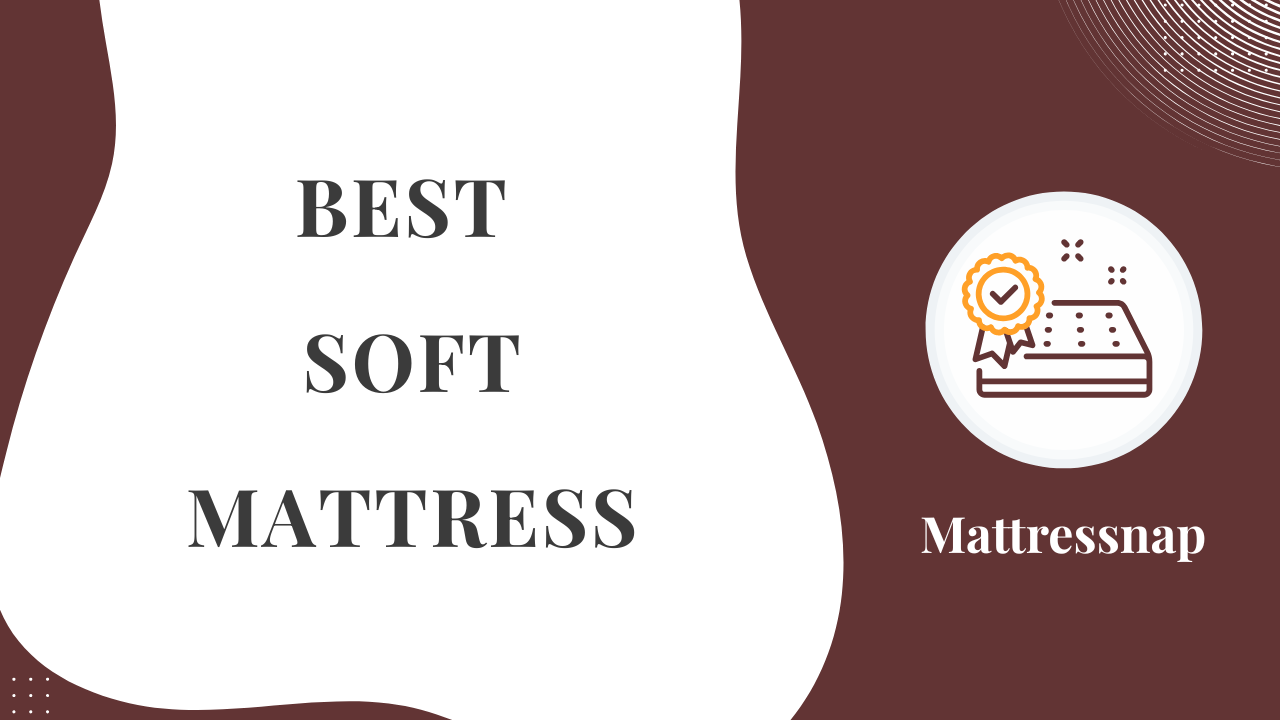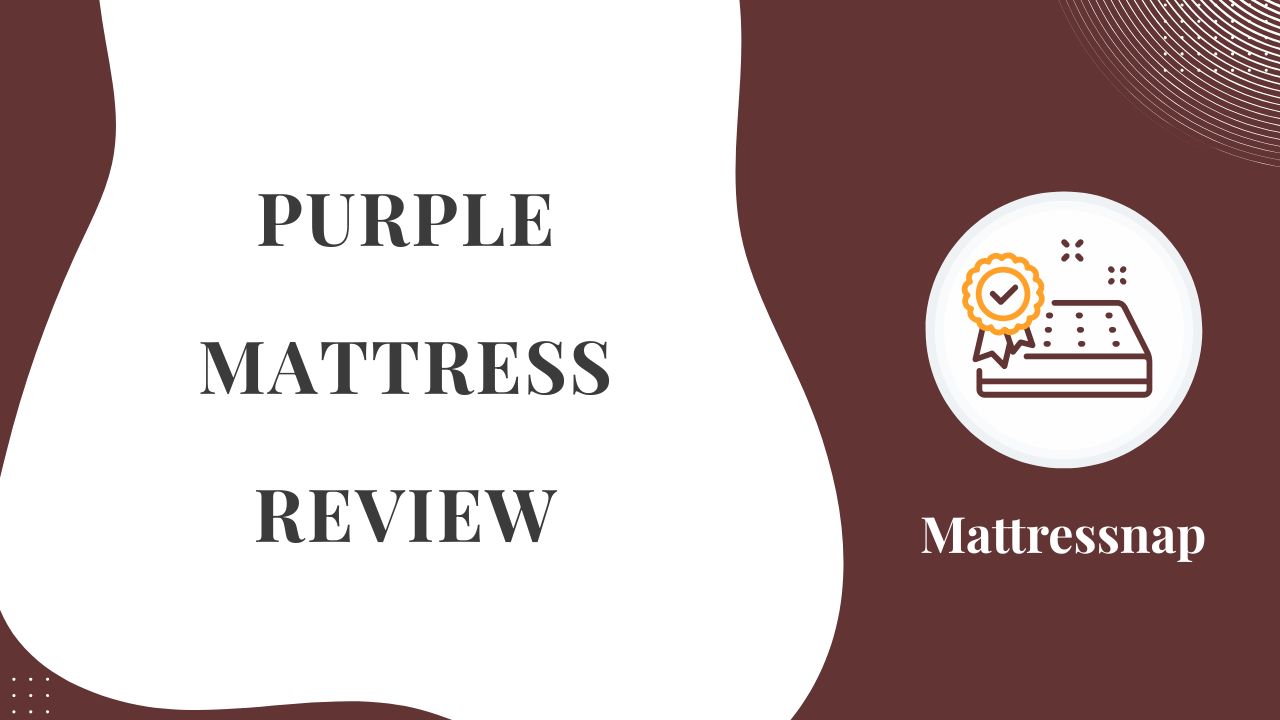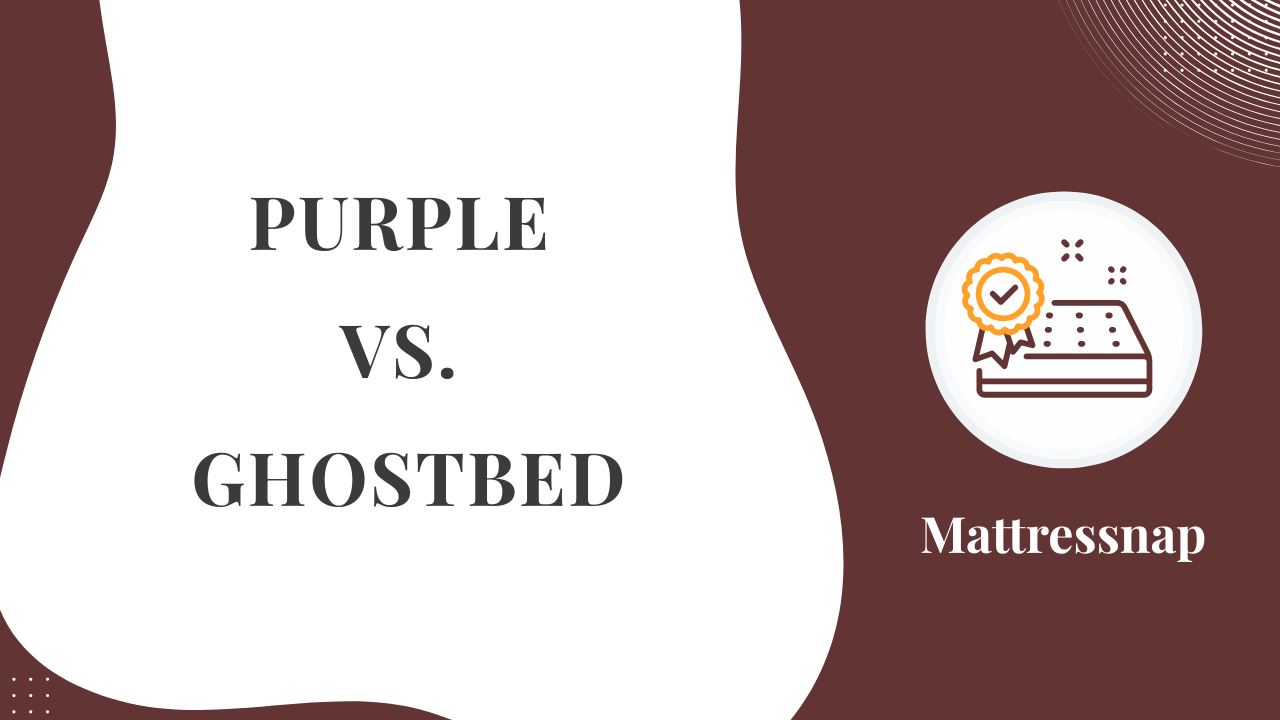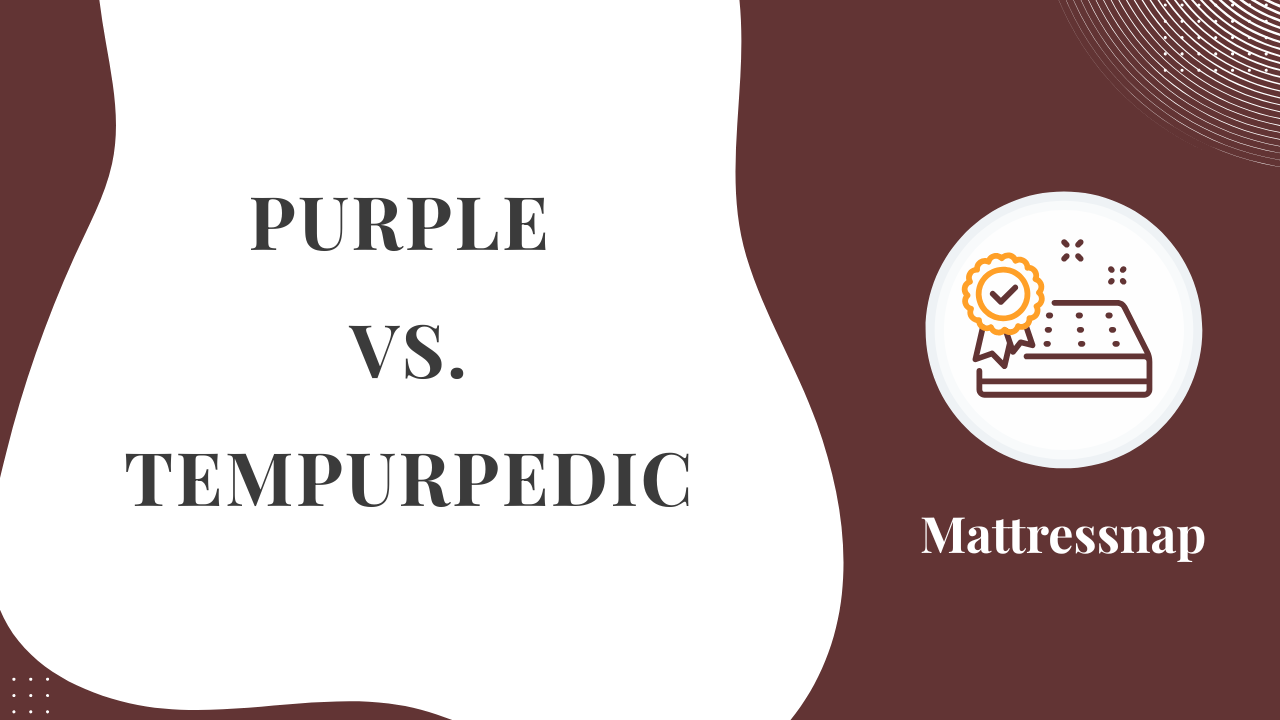Welcome, Mattressnap readers! If you’re on the hunt for a cozy mattress that won’t drain your wallet, the Siena Memory Foam Mattress is likely on your radar. This budget-friendly gem from Resident Home (the makers of Nectar and DreamCloud) promises solid comfort and support at a price that’s hard to beat.
But does it live up to the hype? We’ve combed through expert reviews, performance data, and customer feedback from trusted sources to bring you this detailed, easy-to-read review for Mattressnap. Let’s dive into whether the Siena is your key to restful nights!
Best For
The Siena Memory Foam Mattress is ideal for:
- Budget shoppers: A queen size often retails for under $500 (sometimes dipping to $359 with discounts), making it one of the most affordable all-foam mattresses around.
- Side sleepers (130–230 lbs): Its medium-firm feel cradles hips and shoulders for proper spinal alignment.
- Lightweight back sleepers (<130 lbs): The foam layers offer just-right cushioning for petite back sleepers.
- Couples: Top-notch motion isolation keeps you undisturbed by a restless partner.
- Kids or guest rooms: Its durability and support make it perfect for young sleepers or occasional use.
Considerations
Before you click “buy,” here are a few things to keep in mind:
- Hot sleepers: The Siena traps some heat, so if you run warm, you might want a mattress with better airflow.
- Heavier sleepers (>230 lbs): The 10-inch profile may not provide enough support, leading to excessive sinkage.
- Lightweight side sleepers (<130 lbs): Some find it too firm, which could cause pressure points.
- Combination sleepers: Slow-responding foam can make switching positions feel sluggish.
- Edge support seekers: The edges sag noticeably, which might bother those who sit or sleep near the perimeter.
Our Verdict
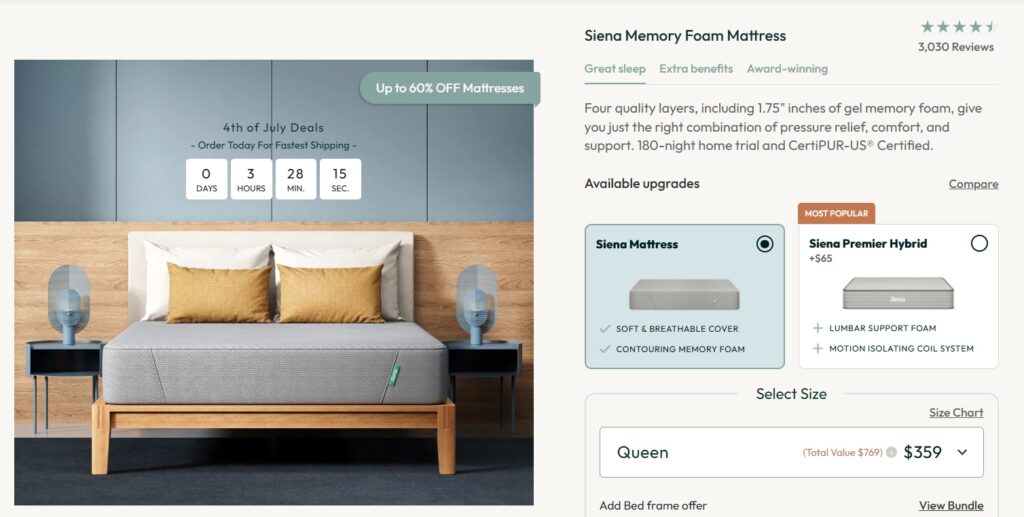
For Mattressnap readers, the Siena Memory Foam Mattress is a budget superstar that delivers impressive value. Its stellar motion isolation, decent pressure relief for side sleepers, and supportive medium-firm feel make it a versatile pick. While cooling and edge support aren’t its strong suits, the low price and solid performance outweigh these drawbacks for many.
If you’re after an affordable bed for yourself, your kids, or a guest room, the Siena is a fantastic choice. Pair it with breathable sheets if you sleep hot, and consider a hybrid for heavier sleepers or those needing sturdy edges.
Performance Tests
To give you the full scoop, we’ve tapped into objective data from expert testing sites like NapLab, Sleep Foundation, and Mattress Clarity. These folks put the Siena through rigorous tests to measure cooling, motion transfer, and more. Here’s how it stacks up, tailored for Mattressnap readers.
How is Siena Different?
The Siena shines in the budget mattress market with its simple all-foam design and wallet-friendly price tag. Unlike hybrids like the Siena Premier Hybrid, it skips coils for a quieter, motion-isolating sleep surface. Compared to its pricier sibling Nectar, the Siena offers slightly less support but costs significantly less, making it a go-to for value-driven shoppers.
Advantages
- Unbeatable price: A queen often costs under $500, about 63% below the average foam mattress.
- Excellent motion isolation: Ideal for couples or light sleepers who want minimal disturbances.
- Quick off-gassing: The initial smell fades in about 48 hours, faster than the 7-day average.
- Great trial and warranty: A 180-night trial and 10-year warranty offer peace of mind.
Neutral Factors
- Sinkage (2.34 inches): Slightly deeper than the 2.13-inch average, which some love for contouring but others find too immersive.
- Bounce (6.22 inches): Lower than the 9.69-inch average, typical for memory foam and fine for most.
Disadvantages
- Limited cooling: Retains some heat, which could be an issue for hot sleepers.
- Weak edge support: Noticeable sag when sitting or lying near the edge.
- Not ideal for heavier sleepers: The 10-inch design may not support those over 230 lbs well.
Cooling Test
The Siena’s cooling is average for an all-foam mattress. Its gel-infused memory foam top layer and rippled polyfoam transition layer help with airflow, but foam naturally holds some heat. NapLab tests showed a peak surface temperature of 88.7°F (from a 78.9°F baseline) after five minutes, with slight to moderate heat retention around the midsection and lower back.
What this means for you: If you sleep cool or live in a chilly climate, the Siena should work fine. Hot sleepers, especially in warmer regions, might feel warm. Use breathable bedding or consider a cooling hybrid like the Cocoon by Sealy Chill.
Heat Dissipation Over Time
The Siena fares better in heat dissipation. NapLab recorded a temperature drop from 88.7°F to 82.9°F over five minutes, outperforming some all-foam rivals. The rippled foam layer aids airflow, though it’s not as quick as hybrid or latex beds.
What this means for you: The Siena won’t trap heat all night, but warm sleepers may still notice some warmth. It’s a step up from denser foam beds but not a cooling champion.
Sinkage Test
With 2.34 inches of sinkage (vs. the 2.13-inch average), the Siena offers a “sink-in” feel with noticeable body contouring. The medium-firm foam provides a cozy hug without swallowing you whole.
What this means for you: Side sleepers will appreciate the pressure-relieving contouring, but combination sleepers might feel stuck when changing positions. Heavier sleepers may sink too much, impacting support.
Motion Transfer Test
Motion isolation is a highlight. The Siena’s dense memory foam absorbs movement like a champ, earning top marks from Sleep Foundation and TechRadar. Testers could climb in and out of bed without waking partners, and drop tests showed minimal motion (a wine glass stayed steady!).
What this means for you: If you share your bed with a partner, kids, or pets, the Siena minimizes disturbances, making it a great pick for light sleepers.
Response Test
The Siena’s memory foam has a slow response time, taking 0.5–1 second to rebound after pressure is removed. This is standard for memory foam but lags behind hybrids or latex.
What this means for you: The slow response enhances contouring but can feel sluggish for frequent position changers. You might feel like you’re working against the foam.
Bounce Test
The Siena’s bounce is low at 6.22 inches (36% below the 9.69-inch average), typical for all-foam beds that prioritize contouring over springiness.
What this means for you: Low bounce aids motion isolation but makes the bed less lively. If you like a bouncier feel, a hybrid might suit you better.
Edge Support Test
Edge support is a weak spot. NapLab measured 6.75 inches of sinkage when sitting on the edge, among the deepest for tested mattresses. Lying near the edge feels unstable, though TechRadar found it adequate for an all-foam bed.
What this means for you: If you sleep or sit near the edge, you might feel unsteady. Couples who maximize bed space or seniors needing firm edges for mobility may prefer a mattress with better support.
Sex Test
The Siena scores moderately for sex due to low bounce (6.22 inches) and weak edge support. Its quiet foam construction and decent pressure relief are positives, but NapLab noted the lack of responsiveness.
What this means for you: The Siena is quiet and comfy but not the most dynamic for intimate moments. If bounce and edge support are priorities, check out a hybrid like the Siena Premier.
Pressure Relief Test
Pressure relief is a strong point, especially for side sleepers. The 2.5-inch gel memory foam layer contours to hips and shoulders, earning praise from NapLab and Sleep Foundation. Heavier sleepers (>230 lbs) reported less cushioning.
What this means for you: Side sleepers (130–230 lbs) will feel supported and comfortable. Back and stomach sleepers, especially heavier ones, may need more firmness.
Off-Gassing Test
The Siena has a typical foam smell upon unboxing, but it fades fast—within 48 hours, compared to the 7-day average. Deodorizer packs included with the mattress help.
What this means for you: Air out the room for a couple of days, and you’re good to go. A fan or open window can speed things up.
Company
Siena is backed by Resident Home, a trusted name behind Nectar and DreamCloud. They offer:
- 180-night trial: Try the bed for six months (30-day minimum before returns).
- 10-year warranty: Covers defects like excessive sinkage.
- Free shipping and returns: Hassle-free delivery and pickup.
- Financing: Pay as low as $42/month for a queen at 0% APR.
Resident Home’s Siena has over 1,800 reviews on their site, averaging 4.5/5 stars, reflecting strong customer satisfaction.
How Firm is the Siena Mattress?
The Siena is medium-firm, rated 6/10 on the firmness scale (6.5 is the medium-firm standard). Some testers, like TechRadar, felt it leaned firmer (closer to 9/10) due to its supportive structure.
What this means for you: It’s firm enough for back and stomach sleepers but soft enough for side sleepers. If you love super plush or ultra-firm beds, it might not be your match.
Support & Sleeping Positions
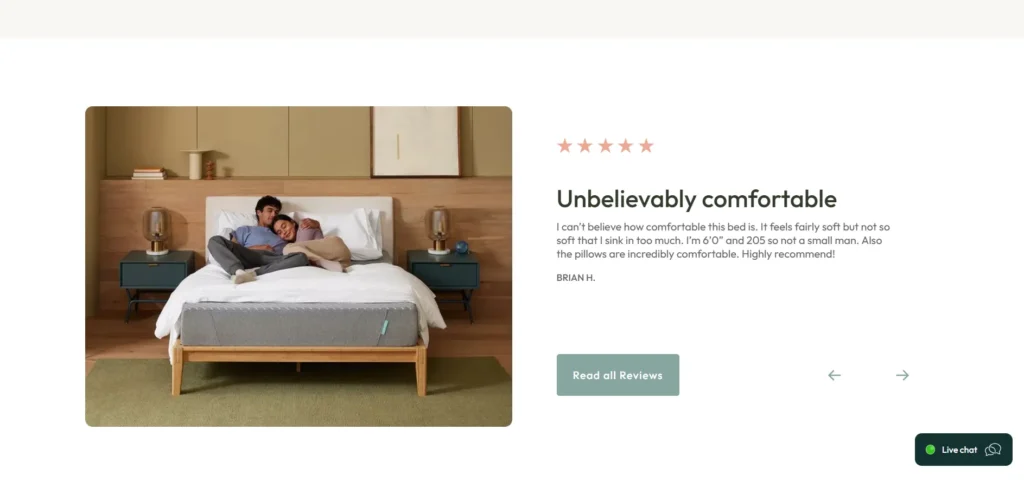
The Siena’s medium-firm feel and all-foam design suit a range of sleepers, but it’s not one-size-fits-all:
- Side sleepers (130–230 lbs): Great contouring for hips and shoulders, ensuring spinal alignment. Lighter side sleepers (<130 lbs) may find it too firm.
- Back sleepers (<130 lbs): Solid support for petite back sleepers, but those over 130 lbs might need more lumbar support.
- Stomach sleepers (<130 lbs): Works for lightweight stomach sleepers, but heavier folks may sink, misaligning the spine.
- Heavier sleepers (>230 lbs): The 10-inch profile struggles to support heavier bodies, especially for back or stomach sleeping.
- Combination sleepers: Slow foam response can hinder easy movement.
What this means for you: Best for side sleepers and lightweight back or stomach sleepers. Heavier or restless sleepers may want a firmer, thicker bed.
Design
The Siena is a 10-inch, three-layer all-foam mattress built for simplicity and value. Its bed-in-a-box design arrives compressed for easy setup, focusing on motion isolation and pressure relief.
Materials

The Siena uses CertiPUR-US-certified foams for safety and low emissions. Here’s the breakdown:
The Cover
- Material: Soft, breathable polyester blend.
- Features: Non-removable, stretchy, and airflow-friendly. Some versions had moisture-wicking fibers, possibly discontinued.
- Feel: Adds a cushy touch to the firm foam layers.
The Comfort Layer
- Top layer: 2.5 inches of gel-infused memory foam for pressure relief and heat dissipation.
- Middle layer: 2 inches of rippled polyfoam to support the memory foam and boost airflow.
The Support Layer
- Base layer: 5.5 inches of dense polyfoam for stability and spinal support.
What this means for you: The materials are budget-conscious yet effective, balancing comfort and durability. Cooling features help but don’t match premium options.
Final Thoughts
For Mattressnap readers, the Siena Memory Foam Mattress is a budget-friendly winner that delivers comfort, motion isolation, and value. Its medium-firm feel suits side sleepers, lightweight back sleepers, and couples seeking a peaceful night.
While cooling, edge support, and heavy-sleeper support could improve, the low price and 180-night trial make it a low-risk choice. If you’re after an affordable, cozy bed, the Siena deserves a spot on your shortlist—just don’t expect luxury-level performance.





